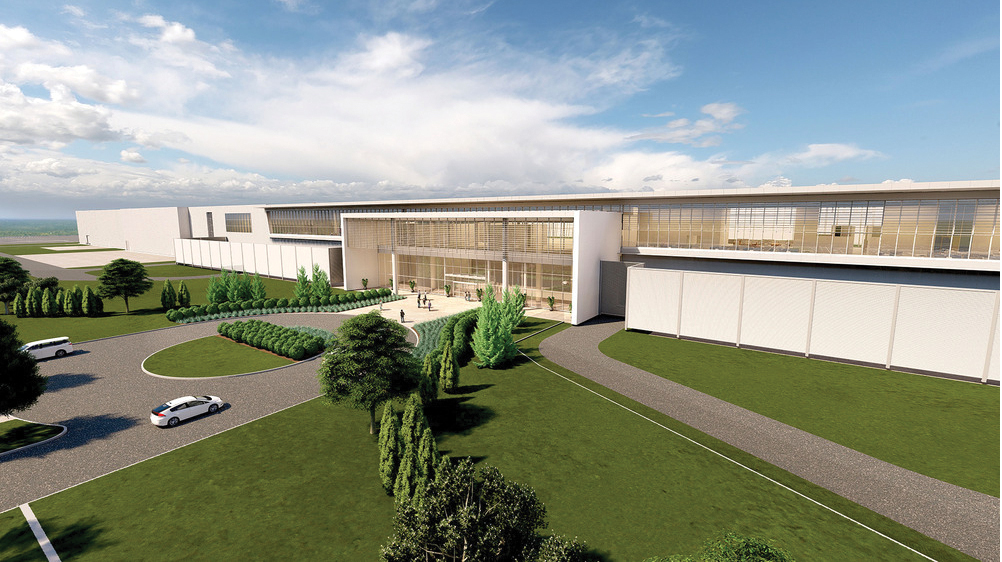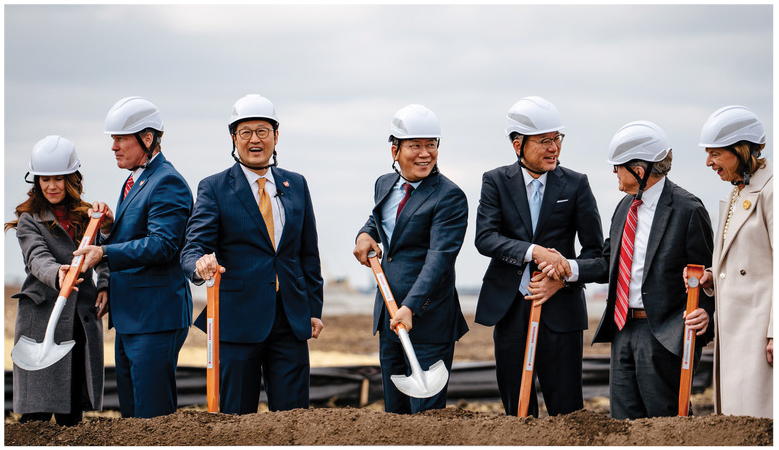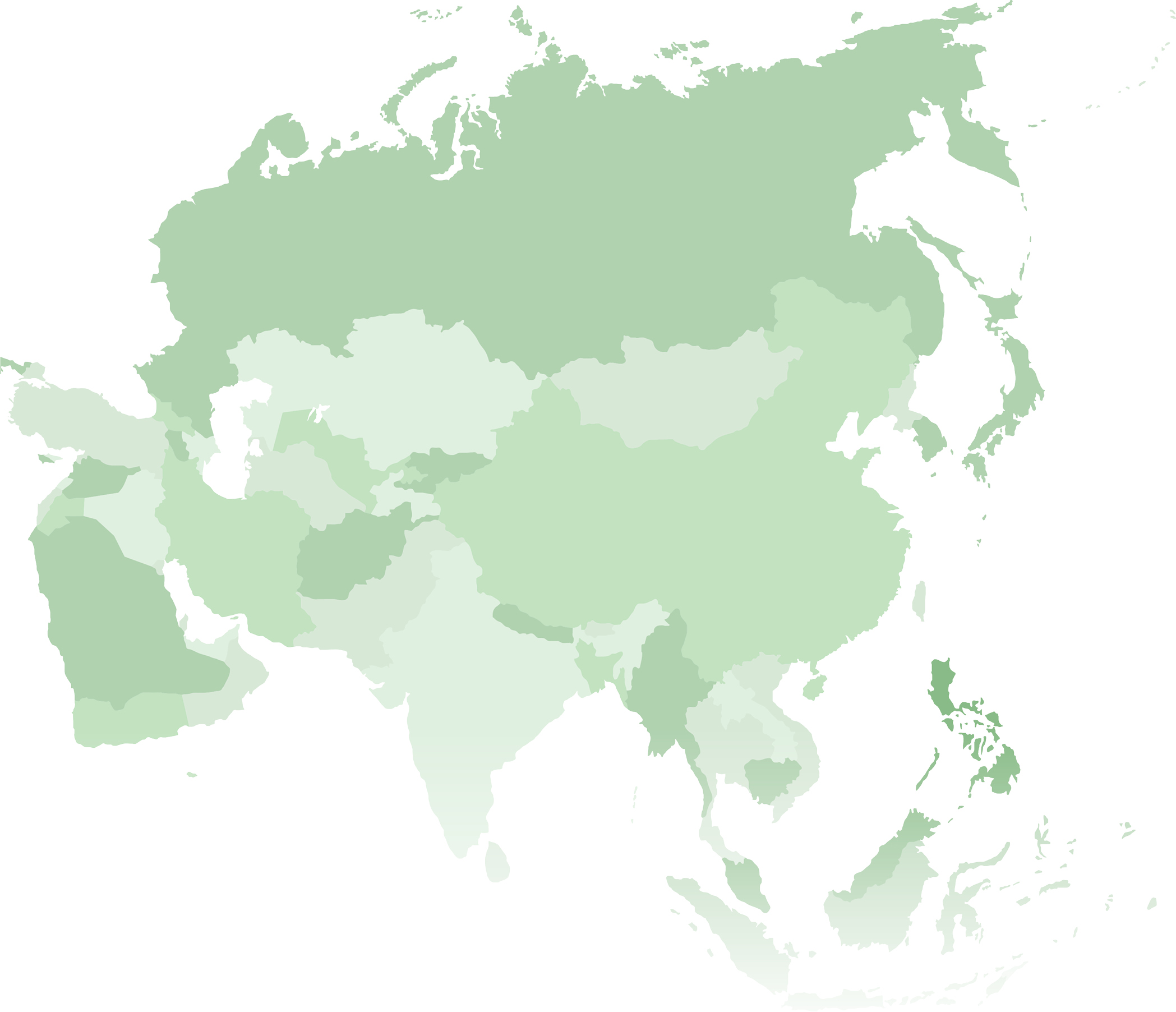Despite the global storm of uncertainty surrounding the world economy precipitated by the Ukraine war, U.S.-China tensions, the side-effects of COVID-19, rising inflation and significantly higher interest rates, global greenfield investment into the U.S. reached a cumulative $5 trillion in 2021. Actual annual net FDI flows into the U.S. were $389 billion in 2021, up by more than 400% from $95 billion in 2020.
While Europe continues to be the No. 1 source of cumulative investment into the U.S. at $2.8 trillion as of 2021, investments from companies in the Asia Pacific grew to more than $1 trillion. Asian FDI is forecast to grow at a rate of 7% per annum overall. Japan with its historic trade and investment ties to the U.S. is the No. 1 Asian and global investor with a cumulative total of $721 billion. Also in the top 20 were Australia at No. 9 with $102 billion, South Korea at No. 12 with $72 billion, China at No. 15 with $54 billion, and Singapore at No. 16 with $54 billion, according to the U.S. Bureau of Economic Analysis (BEA).
U.S. political trends and legitimate concerns about government-linked investments from China have stoked anti-China investment sentiment. Many U.S. state investment promotion agencies (IPAs) are re-thinking their approach to attracting investment from Asia. Some of them are stopping their proactive China investment attraction efforts and redirecting their budgets to other Asian FDI source countries. Other states are taking a long-term view of staying in China focusing on export promotion while using these activities as a base for reactive investment attraction.
Historic Ties Draw Investment
In times of economic and political turmoil and uncertainty, investment tends to stay at home or flow between historic economic partners. This is clearly the case in developed Asia, where there is now a strong trend to prioritize outward FDI toward North America.
The U.S.’s launch of the Indo-Pacific Economic Framework (IPEF) for prosperity in May 2022 is strengthening cross-border trade and investment between the U.S. and the other 13 participants in the framework: the United States, Japan, Australia, New Zealand, the Republic of Korea, India, Fiji, and seven ASEAN countries (Brunei, Indonesia, Malaysia, the Philippines, Singapore, Thailand, and Vietnam).
Investment into the U.S. from long-time allies and the developed economies in the Asia Pacific — Japan, Korea, and Taiwan — grew by 67%, 74% and 115%, respectively, from 2020 to 2021. Investments from Australia and New Zealand increased by 39% and 632%, respectively, although from a low base in the case of New Zealand. Recent investments from Australia include a $400 million investment by James Hardie Industries, a global building materials company expanding in Prattville, Alabama, and adding 200 jobs. Another notable investment includes Australia-based digital diagnostics company Ellume establishing its first U.S. manufacturing operation in Frederick County, Maryland, investing $230 million and creating 1,500 new jobs.


Japanese giant Honda and Korea-based LG Energy Solution in February broke ground for their joint venture EV battery plant in Fayette County near Jeffersonville, Ohio, which will create 2,200 jobs and attract an initial $3.5 billion investment.
Photo courtesy of LG Energy Solution
Two emerging Asian global investment sources include India and ASEAN. Both geographic regions are increasingly important to the U.S. as strategic trade and investment partners. There is a major focus by large Indian companies on going global. While COVID-19 had a huge impact on Indian FDI outflows into the U.S., which dropped from more than $4 billion in 2019 to $1.68 in 2020, this rebounded in 2021 to $2.9 billion and is forecast to continue to grow.
In a 2020 survey by the Confederation of Indian Industries, 83% of the 155 companies interviewed had plans to invest in the U.S. over the next five years. U.S. state IPAs are responding and taking a serious look at India as an investment source, not only for traditional sectors like IT/ITE services and pharmaceuticals, but for the growing number of sophisticated Indian conglomerates across a variety of industrial sectors. To date this investment has been concentrated in three states:
- Texas: $9.5 billion, 17,578 jobs
- New York: $2.4 billion, 6175 jobs
- New Jersey: $2.4 billion, 8,057 jobs.
Technology and Agri-Foods Are Hot
Trends that started after the launch of U.S. import tariffs on Chinese goods and COVID supply chain interruptions include nearshoring of advanced manufacturing operations as well as agri-food manufacturing investments. A wave of advanced technology investment is gaining momentum as U.S. federal and state government investment attraction policies are spurring investment. The CHIPS Act and the Inflation Reduction Act have increased interest from Asian companies, spurring significant investments in EV battery materials, semiconductors, EV vehicle production and others.
Annual ASEAN FDI into the U.S. stood at $5.7 billion in 2020 and $5.6 billion in 2021 according to the BEA. Large ASEAN companies are struggling to achieve acceptable returns in their home countries and ASEAN neighbor countries and are now targeting investments in the major markets of North America and Europe.
Interest in the U.S. is increasing from companies across the agri-food supply chain. Of the 14 ASEAN companies identified by the Boston Consulting Group as Global Challengers (companies with more than $1 billion in revenues, high revenue growth, above-average EBIT, greater than 1,000 employees and greater than 10% international sales and a growing global presence), seven of them are in the agri-foods segment. Three of these are from Thailand, two from Indonesia and two from the Philippines.
These are just the type of investment targets that any state investment promotion officer would salivate over. Charoen Pokphand Foods PCL (CPF), a 102-year-old diversified conglomerate headquartered in Thailand, was the first foreign investor in China when it opened in 1978 and now operates in 21 countries. In 2016, CPF bought Minneapolis-based Belisio Foods for $1.1 B. This was CPF’s first U.S. investment. While mergers and acquisitions of companies are not sought after by many IPAs, this initial acquisition has generated subsequent greenfield investment. CPF recently announced a $40 million plan to expand one of its manufacturing facilities in Jackson, Ohio, that will lead to the creation of 177 jobs.
Each of the major economies of ASEAN have at least five leading companies in each primary industrial sector. A good example is Indofoods, a leading Indonesian agri-foods conglomerate that has $7.3 billion in revenue and last year grew by 24% (2020-2021). It has the financial wherewithal and global experience to consider investment in the U.S. and Europe after having successfully invested in several emerging African economies.
Opportunities for attracting FDI from Asia are large and varied. Japanese, Korean, and Taiwanese companies are expected to continue to be the largest sources for Asian U.S. investment for the foreseeable future, but the competition to attract this investment is intense. India and ASEAN are emerging sources of FDI. While the number of companies and total investment are smaller, the companies are excellent targets and are aggressively looking to the U.S. as a priority investment destination.
Attracting investment from China is being seen as politically fraught. But it should not be dismissed entirely. Despite the difficulties of the past two years, 2020 and 2021 resulted in $6.3 billion and $6.5 billion (Statistical Bulletin of China’s Foreign Direct Investment) and there are many mid-size private Chinese companies without government ties that are trying to diversify their manufacturing footprints outside of China for the very same reasons as non-Chinese companies.
